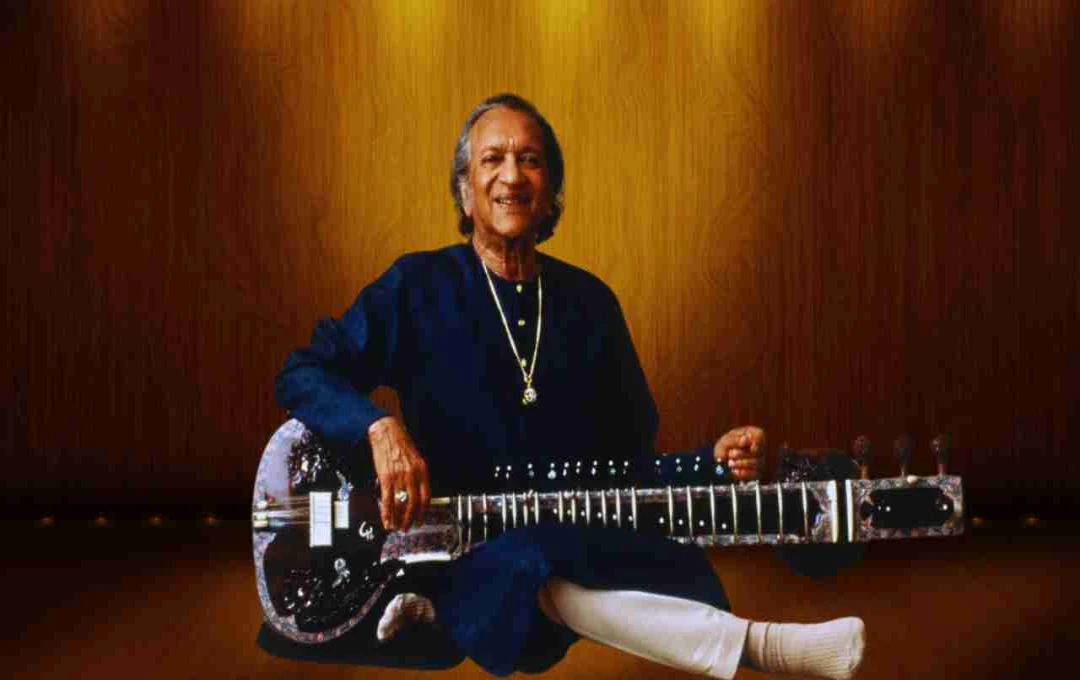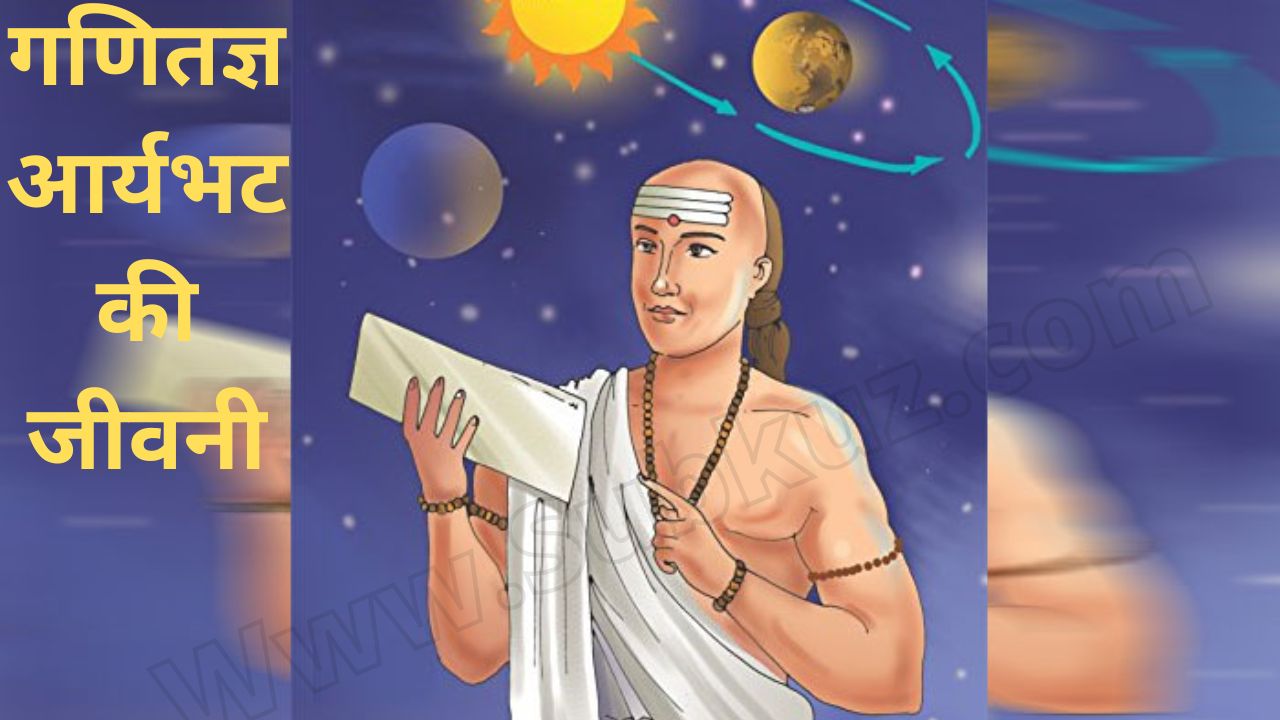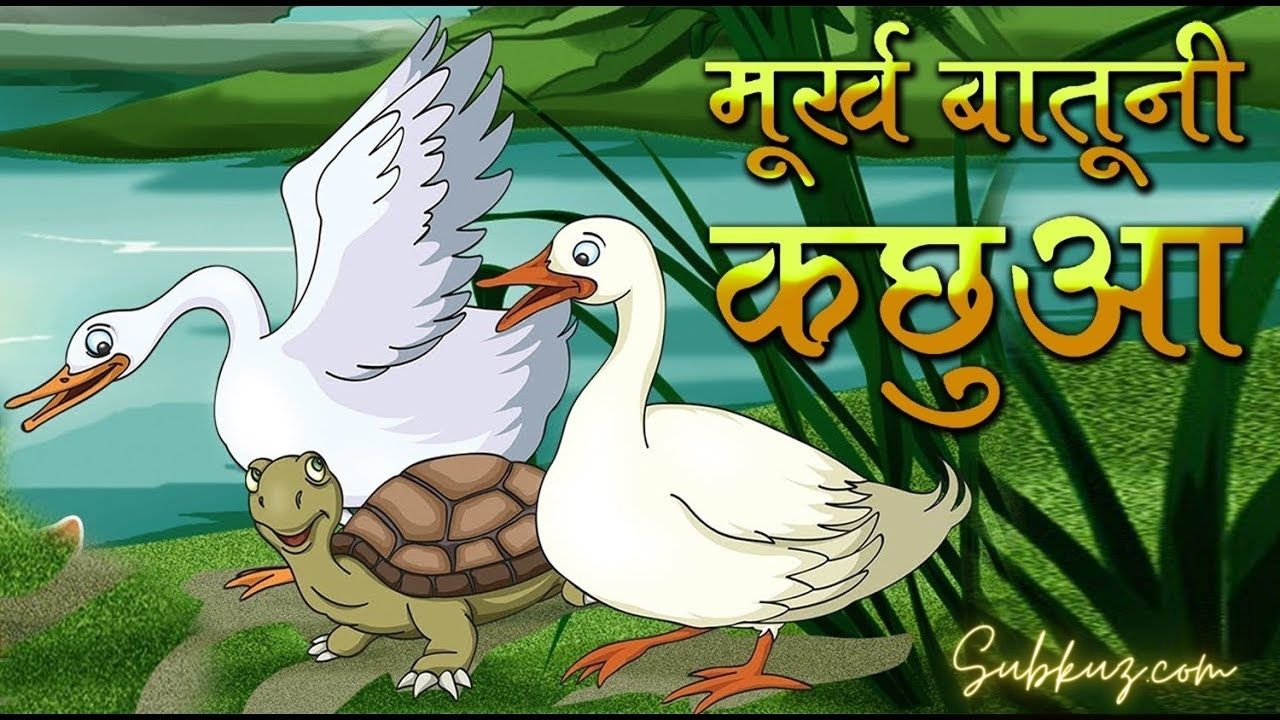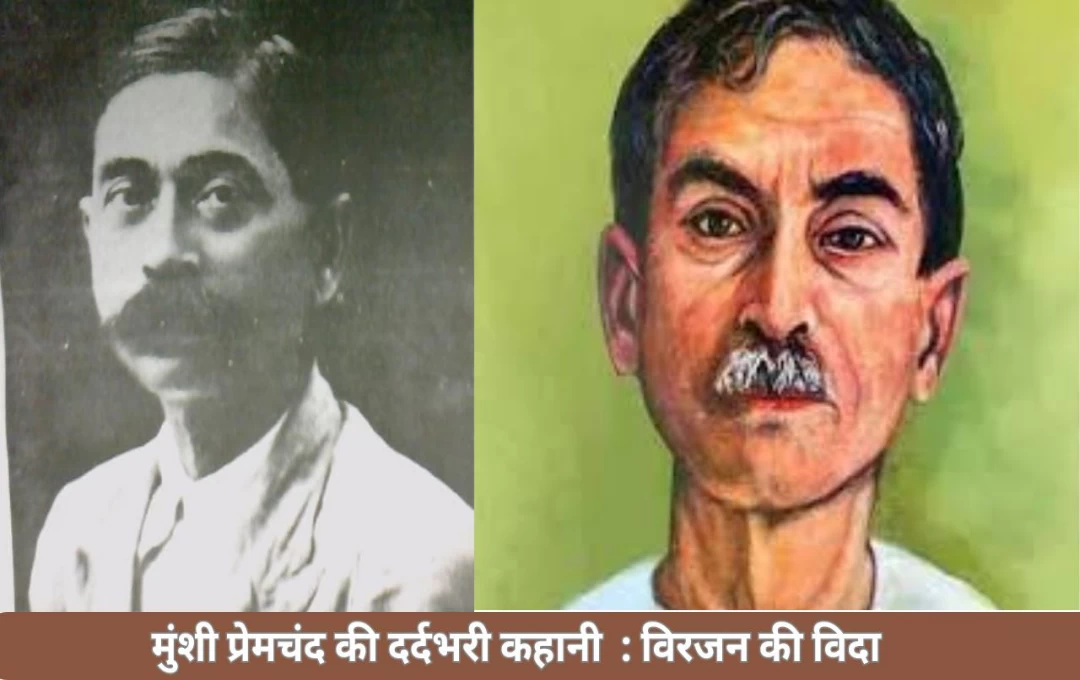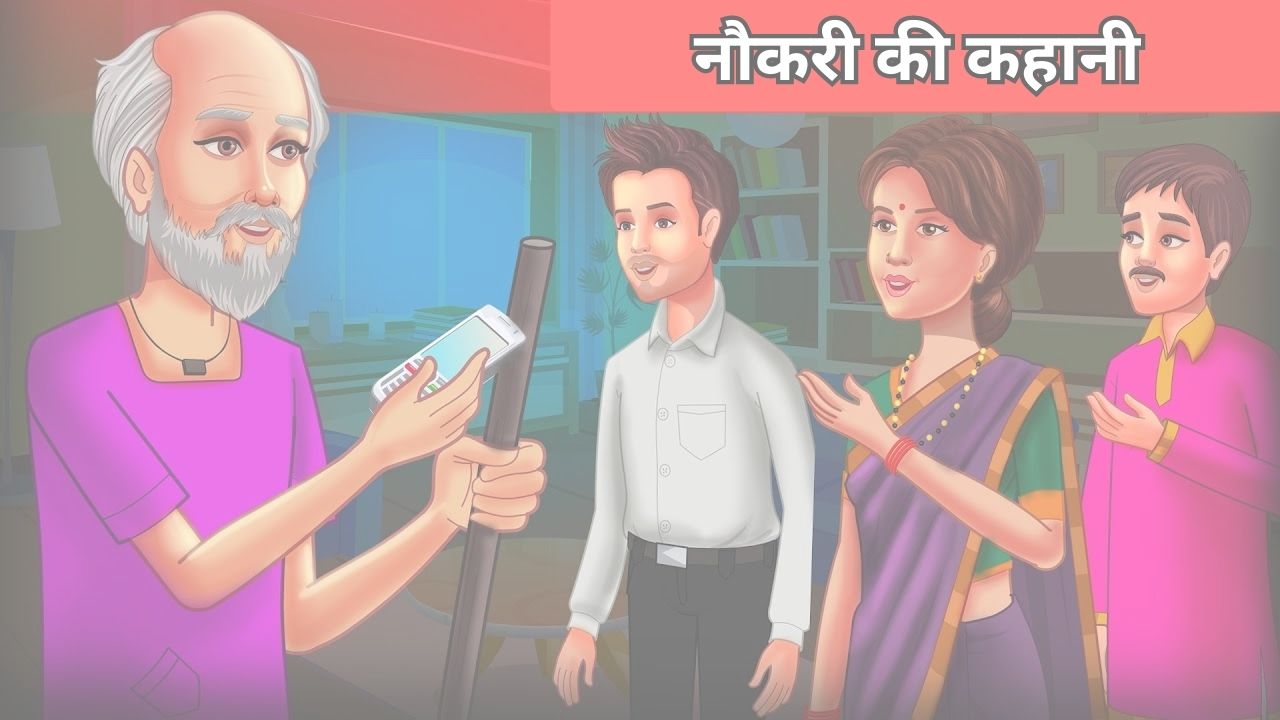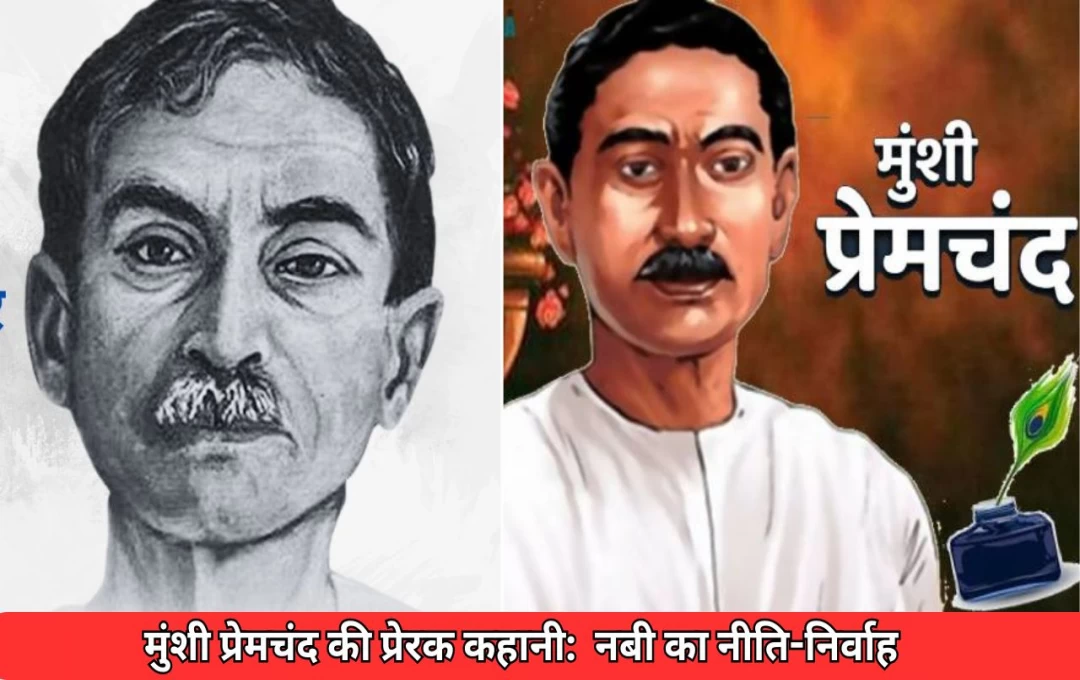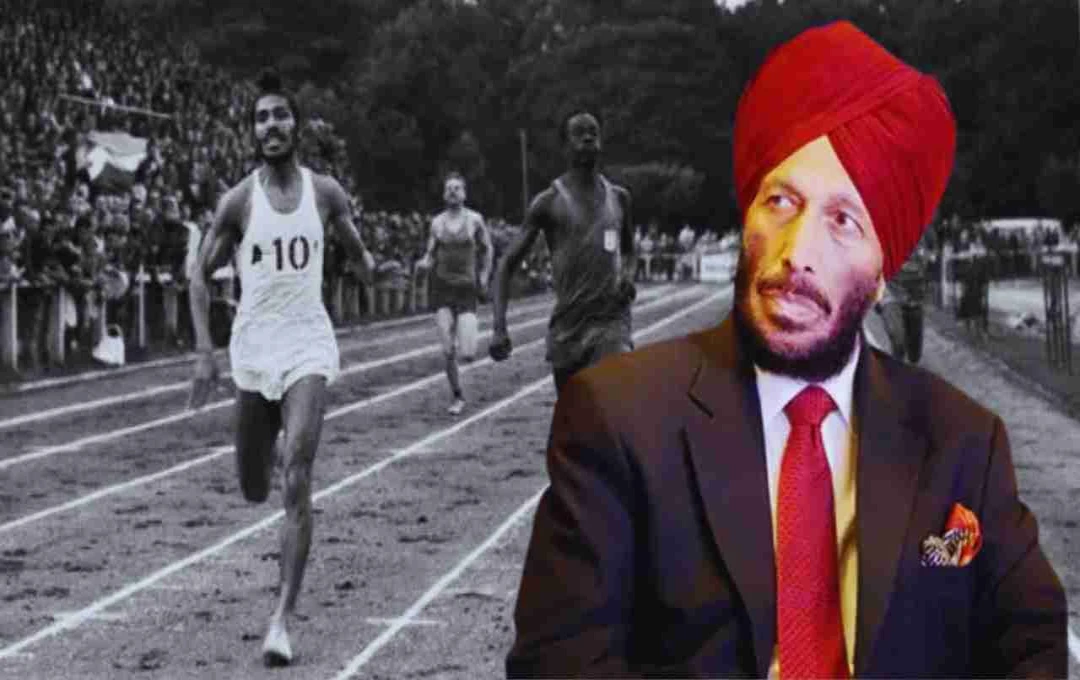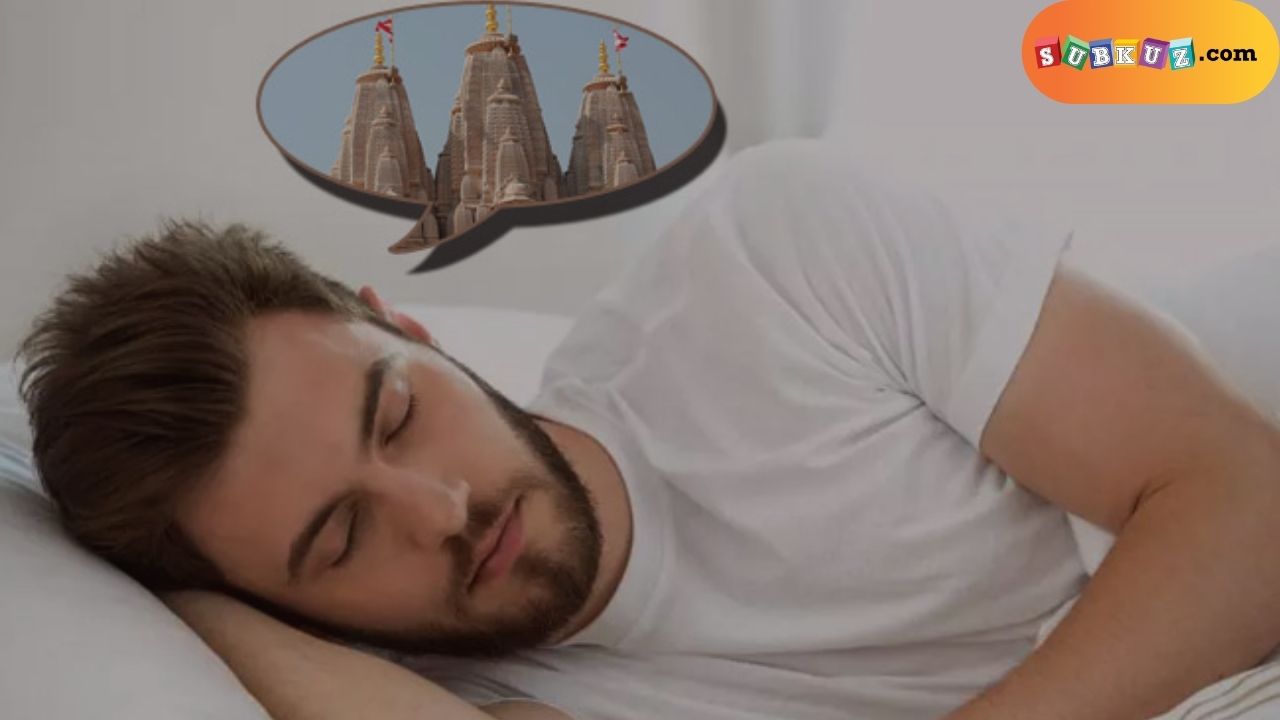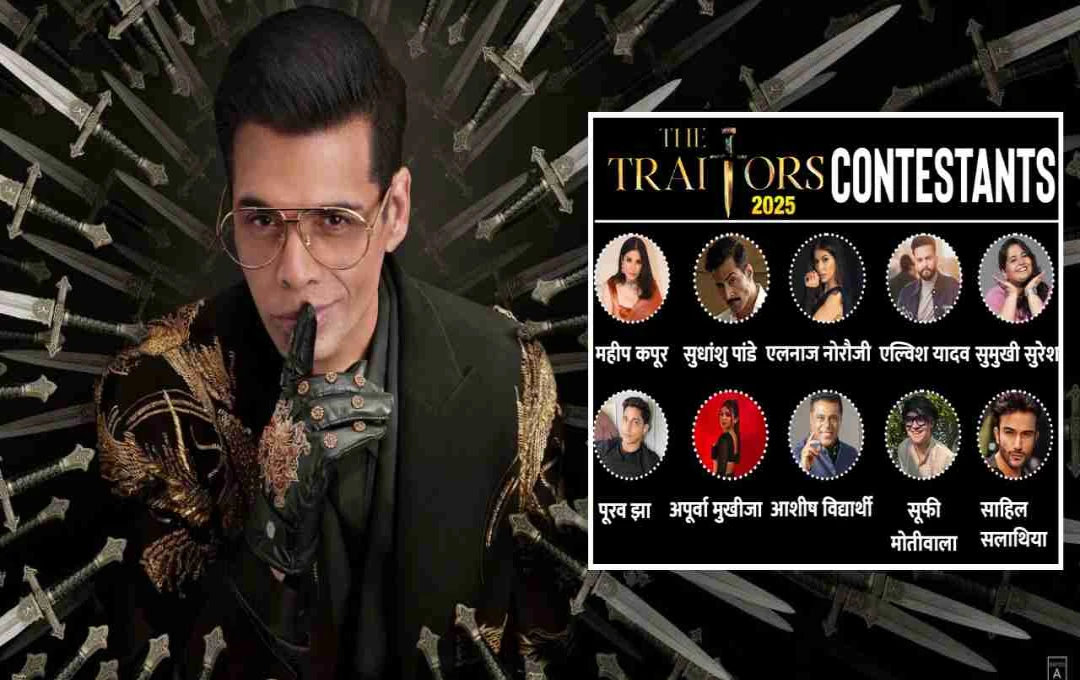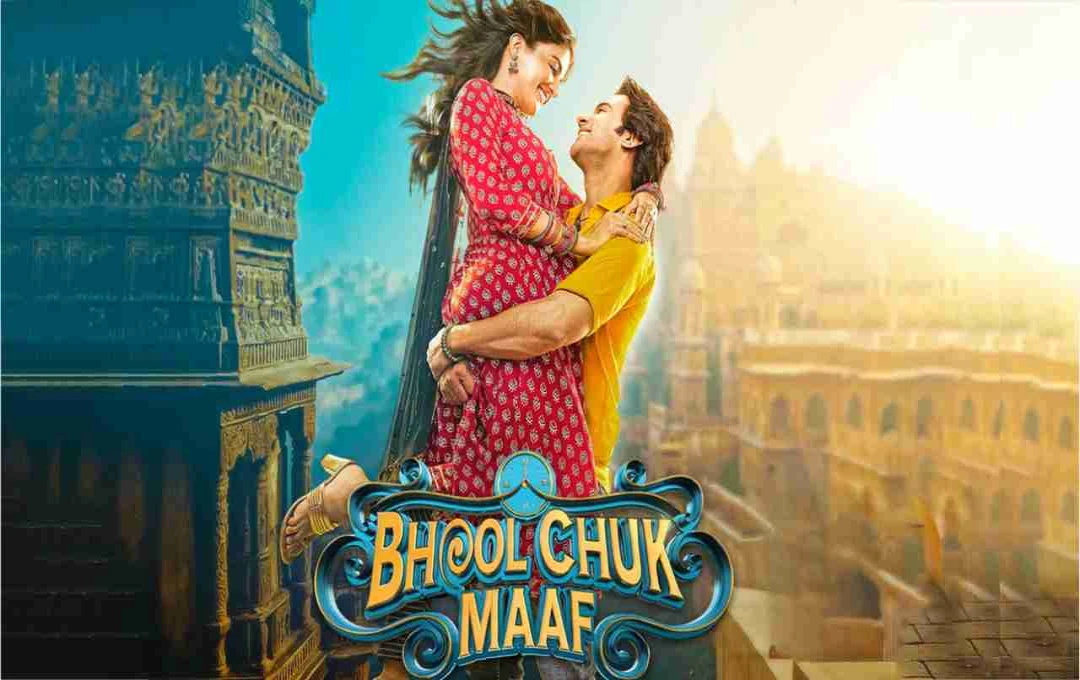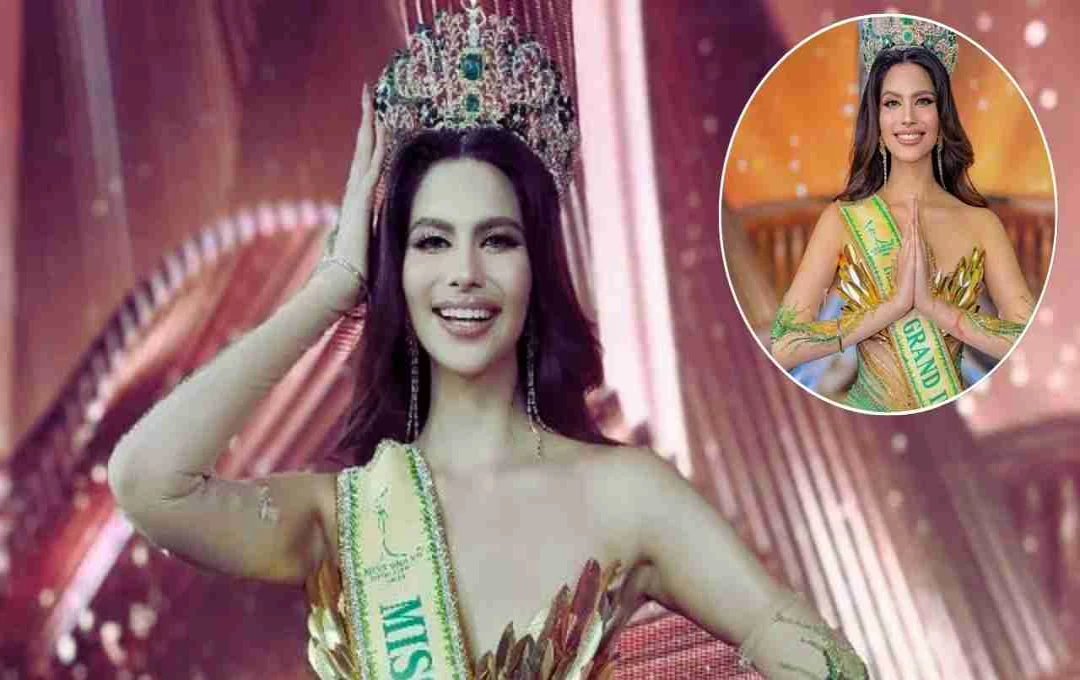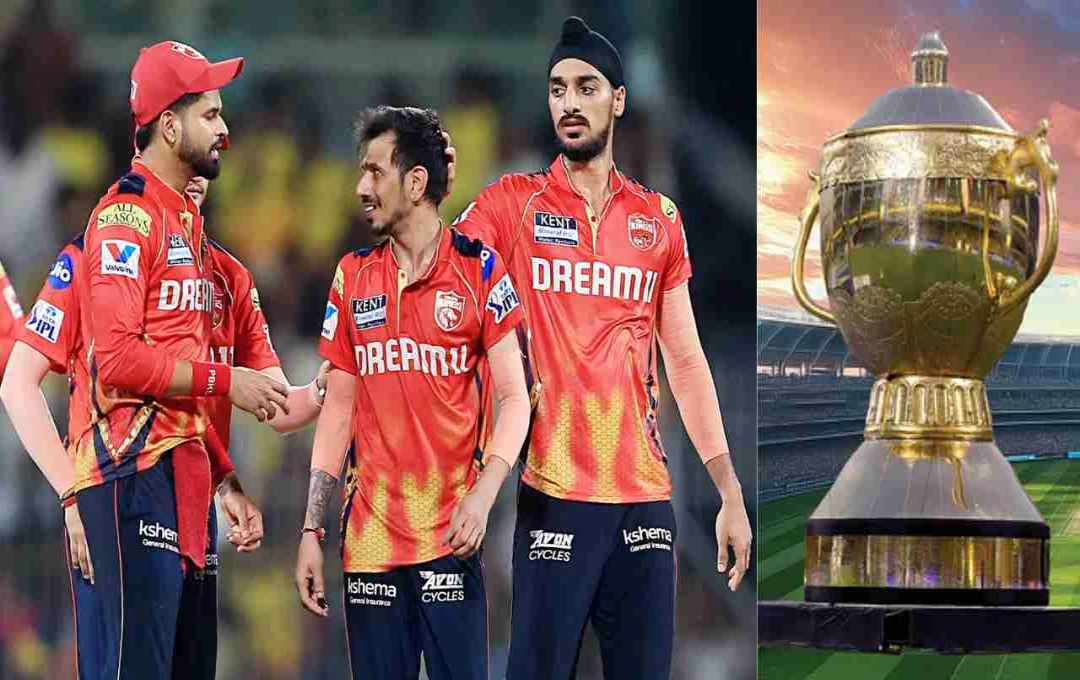Born on April 7, 1920, in Varanasi (then Benares), Ravi Shankar, whose full name was Ravindra Shankar Chowdhury, is considered one of the most celebrated Indian sitar players and composers of the 20th century. He is credited with popularizing Indian classical music worldwide, fostering appreciation not only in India but also in America and Europe.
Childhood and Early Life
Ravi Shankar was born into a Bengali Hindu family. His father, Shyam Shankar Chowdhury, was a renowned lawyer and politician originally from the Narsingdi district of present-day Bangladesh. Ravi Shankar was the youngest of seven brothers. At the age of ten, he moved to Paris with his elder brother Uday Shankar's dance troupe, marking the beginning of his deep engagement with art and culture.
Living with Uday Shankar, he learned dance and toured Europe and America. During this time, he became acquainted with Western music, cinema, and the French language. However, his life's direction changed when, at the age of thirteen, he heard Allauddin Khan play the sitar at a music conference in Calcutta.
Training under Ustad Allauddin Khan
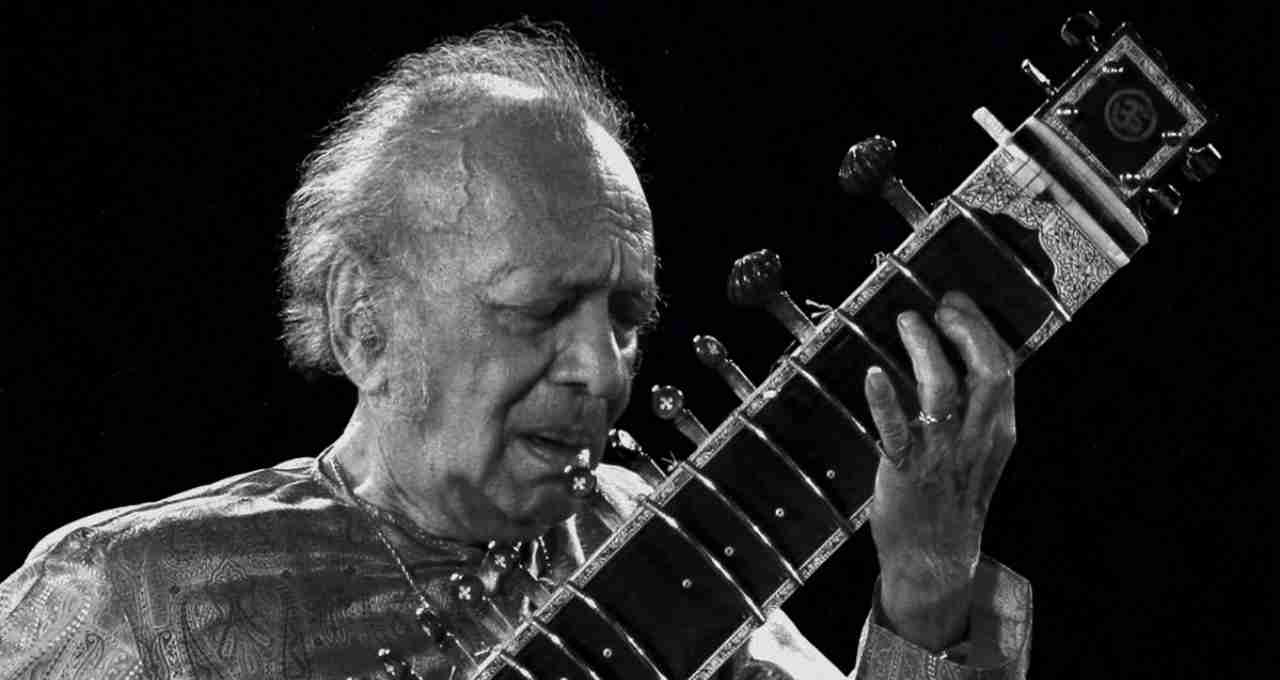
At eighteen, Ravi Shankar abandoned dance and went to Maihar to undergo seven years of rigorous training under Ustad Allauddin Khan. This training followed the traditional gurukul system, where he lived with Khan Sahib's family. He mastered instruments like the sitar and surbahar, and studied musical styles such as dhrupad, dhamar, and khyal. He also learned the techniques of other instruments, including the rudra veena, rubab, and sursingar. He gave his first public sitar performance in 1939 and completed his formal training in 1944.
Musical Journey in Film and Radio
In the 1940s, he moved to Mumbai and joined the Indian People's Theatre Association, where he composed music for the famous song "Sare Jahan Se Achchha." From 1949 to 1956, he served as the music director for All India Radio (AIR), New Delhi. He established the Indian National Orchestra for AIR and contributed to numerous film scores, notable ones including Godan and Anuradha.
International Recognition
In 1956, Ravi Shankar decided to take Indian music abroad. He embarked on tours of Europe and America, not only performing but also introducing audiences to the depth of Indian ragas. In the 1960s, he collaborated with renowned violinist Yehudi Menuhin and Beatles guitarist George Harrison, significantly popularizing Indian music in the West.
His friendship with George Harrison helped Indian instruments gain a foothold in pop music. Ravi Shankar also composed numerous works for sitar and orchestra, experimenting with Western musical styles.
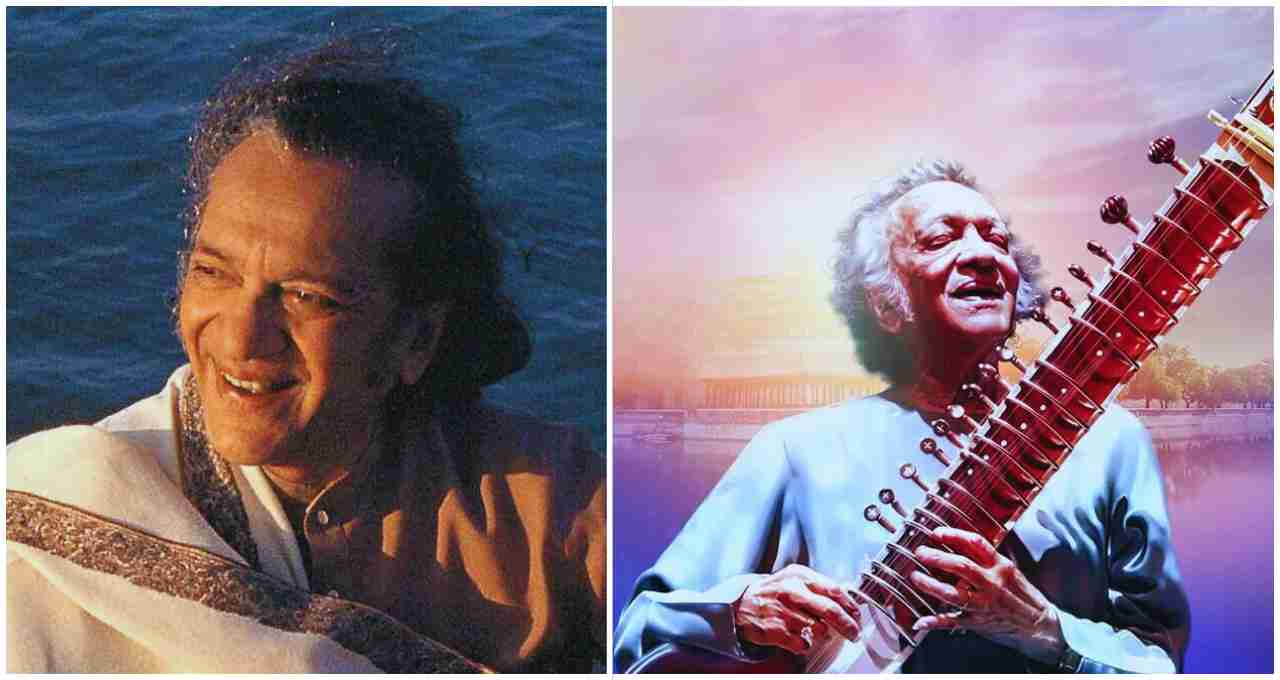
Institution Building and Honors
In 1962, he established the Kinnara School of Music in Mumbai, institutionalizing classical music education. He also served as a nominated member of the Rajya Sabha from 1986 to 1992.
Ravi Shankar was awarded India's highest civilian honor, the Bharat Ratna, in 1999. He also received numerous international awards, including four Grammy Awards, the Polar Music Prize, and an Oscar nomination (for the film Gandhi).
Personal Life and Family
Ravi Shankar's personal life was as captivating as his musical journey. He married multiple times and spent time in various countries, including India, America, and Europe, at different stages of his life. His family also continued the musical tradition. His daughters—Anoushka Shankar and Norah Jones—both became internationally renowned artists. Anoushka Shankar is a celebrated sitar player trained by her father, while Norah Jones is a Grammy Award-winning singer who achieved prominence in pop, jazz, and soul music. Ravi Shankar balanced his music and family life with equal importance.
Contribution to Music
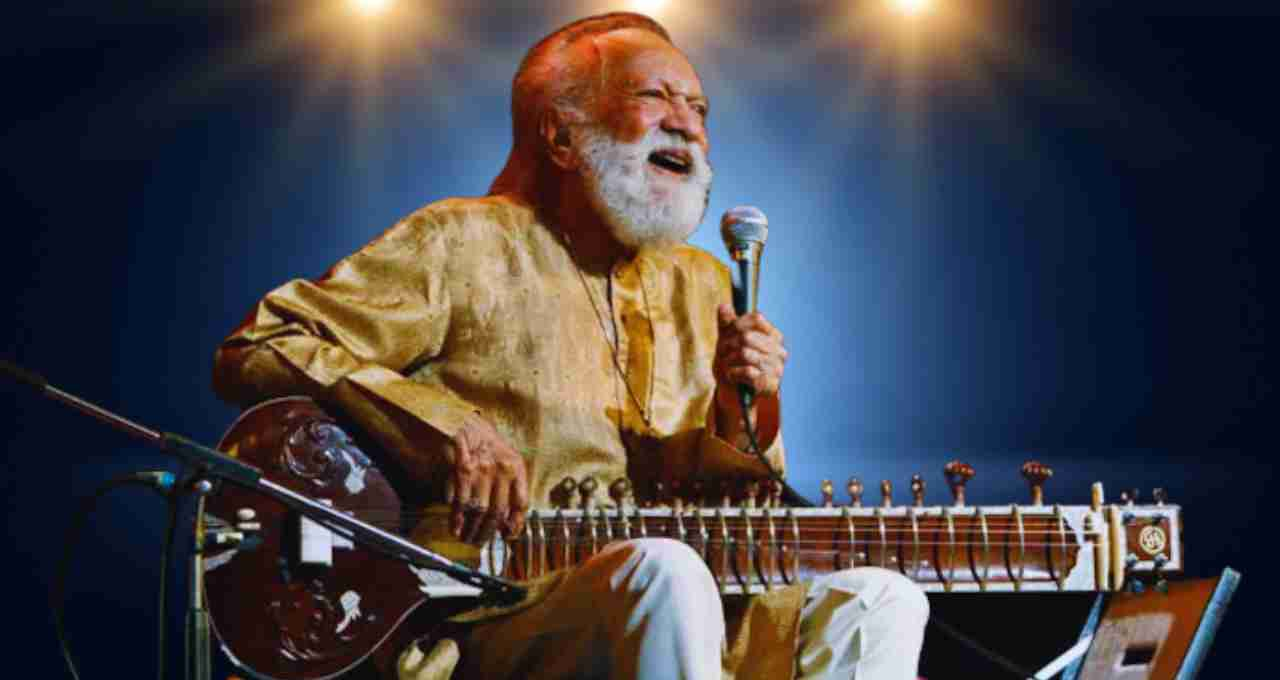
Ravi Shankar's greatest contribution was bringing Indian music to a global audience. He created new compositions by blending Indian ragas with Western music. His music was emblematic of depth, devotion, and purity. His performances displayed not only technical mastery but also spiritual serenity and Indian essence.
His compositions—such as 'Raga Jog', 'Raga Hamsadhwani', 'West Meets East'—continue to be appreciated by music lovers worldwide.
Final Years and Legacy
Ravi Shankar continued performing until the end of his life. He breathed his last on December 11, 2012, in California, USA. However, his musical journey continues to resonate globally. His disciples and daughters have carried forward his legacy.
Ravi Shankar was not just a great musician but a cultural ambassador who brought Indian music to the world stage. His contributions established India on the global music map. He remains an inspiration for generations to come, teaching that art transcends boundaries—it unites hearts.
